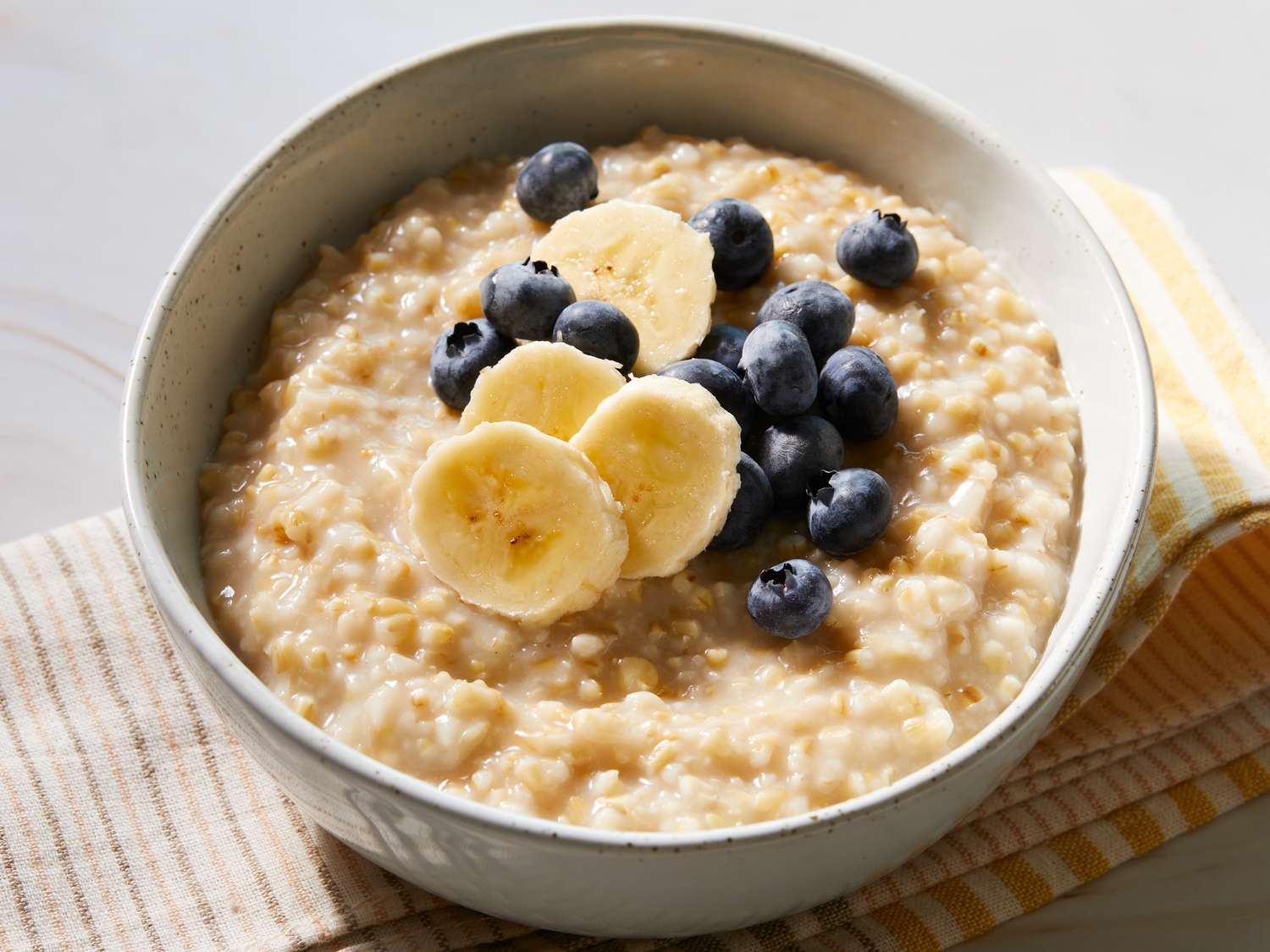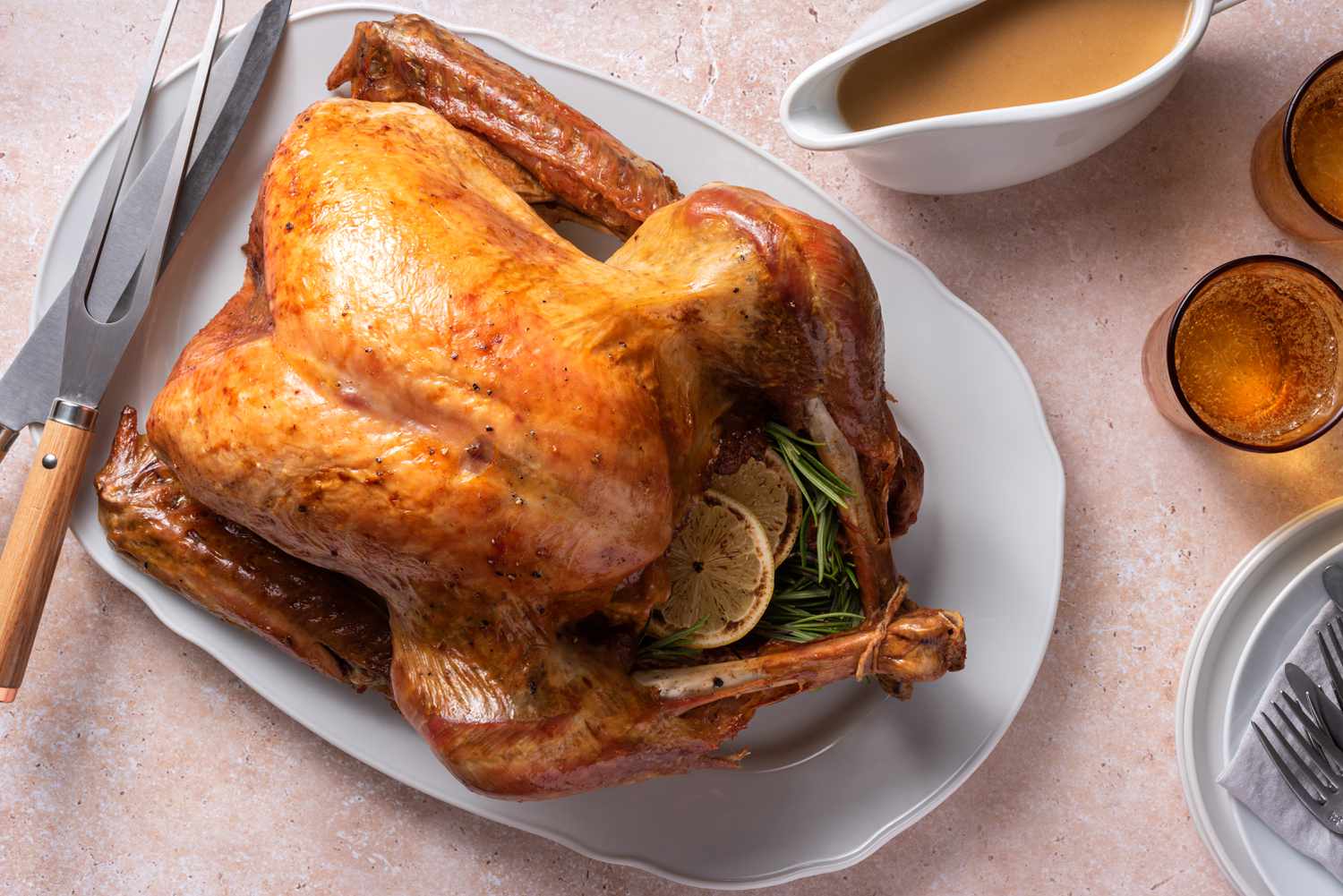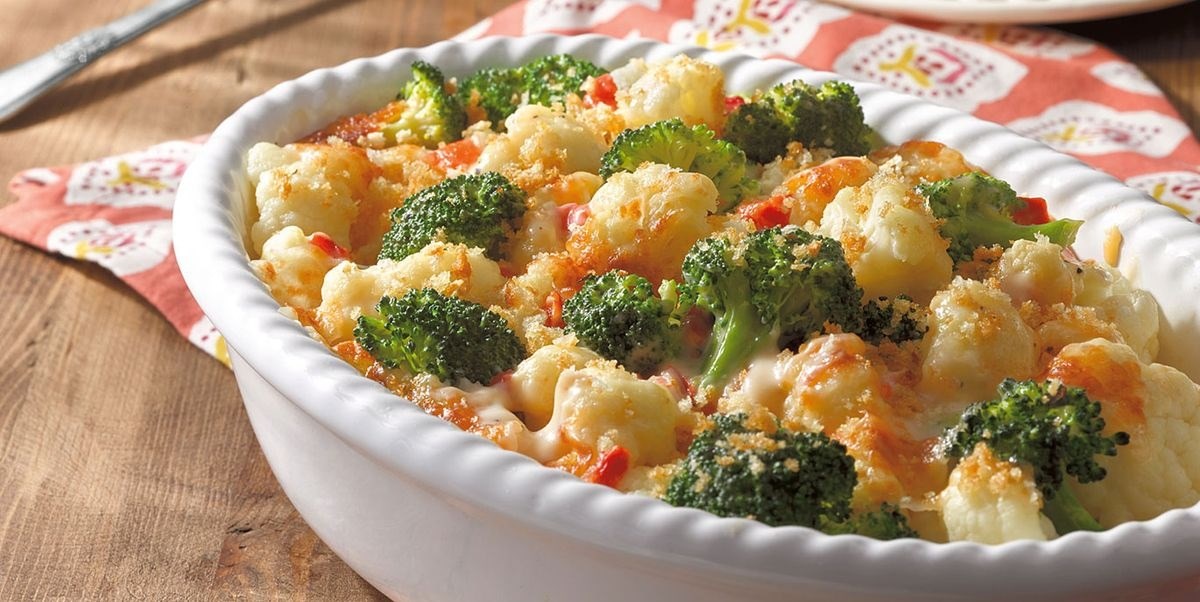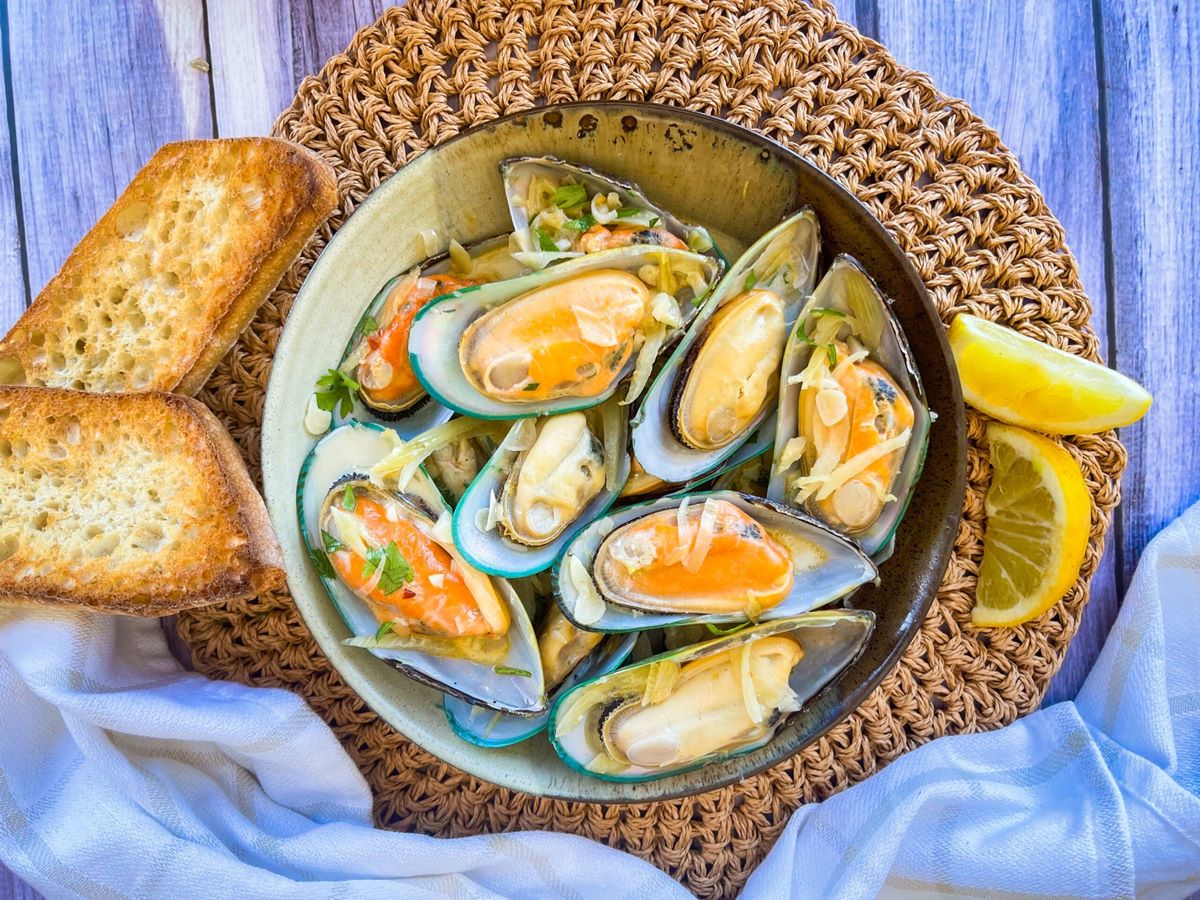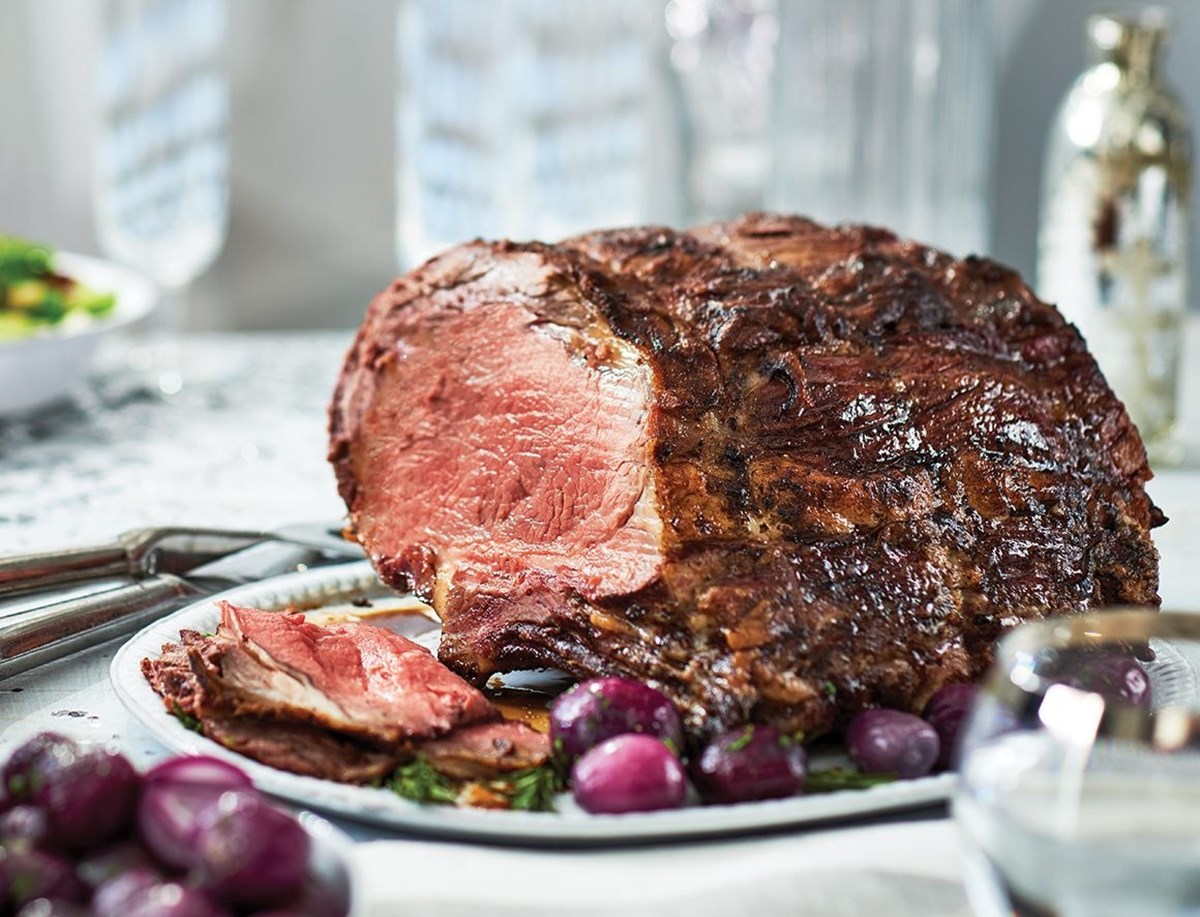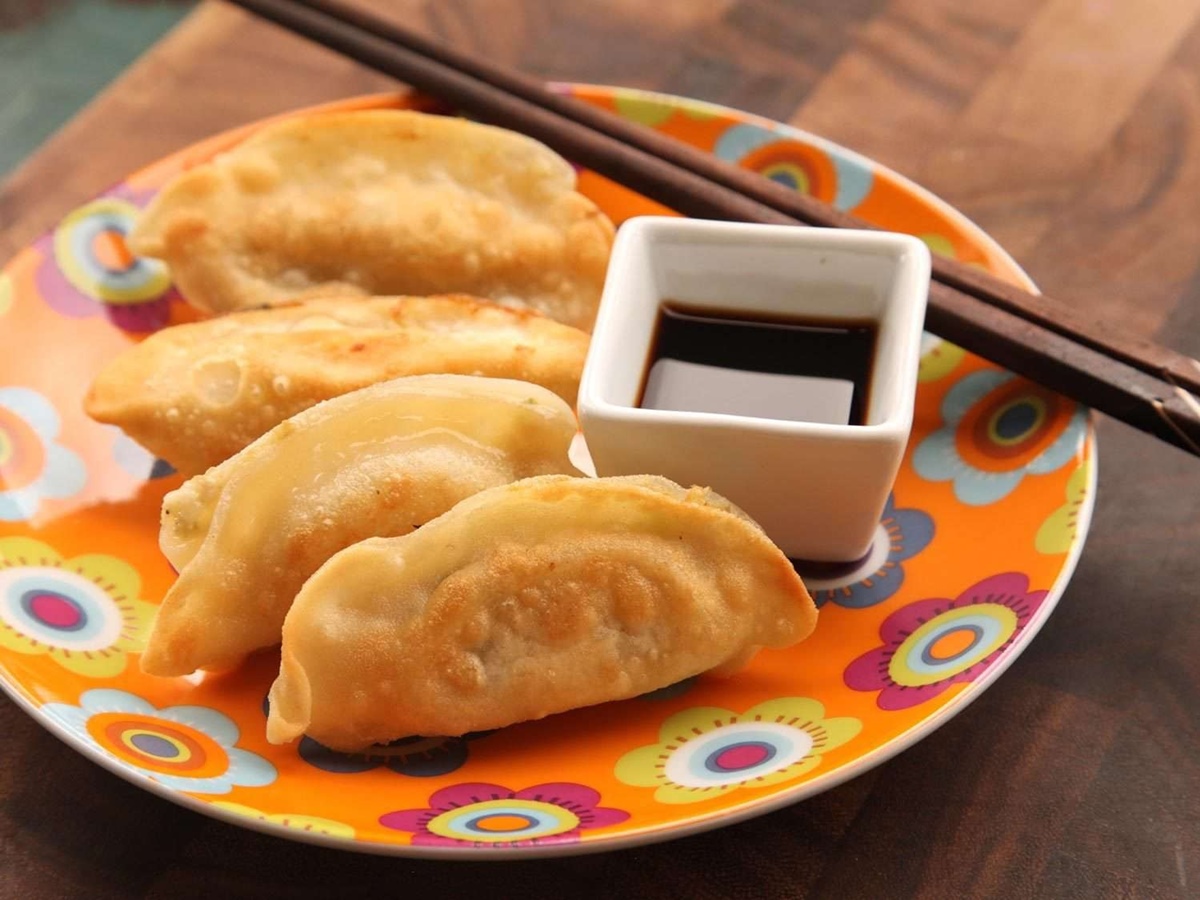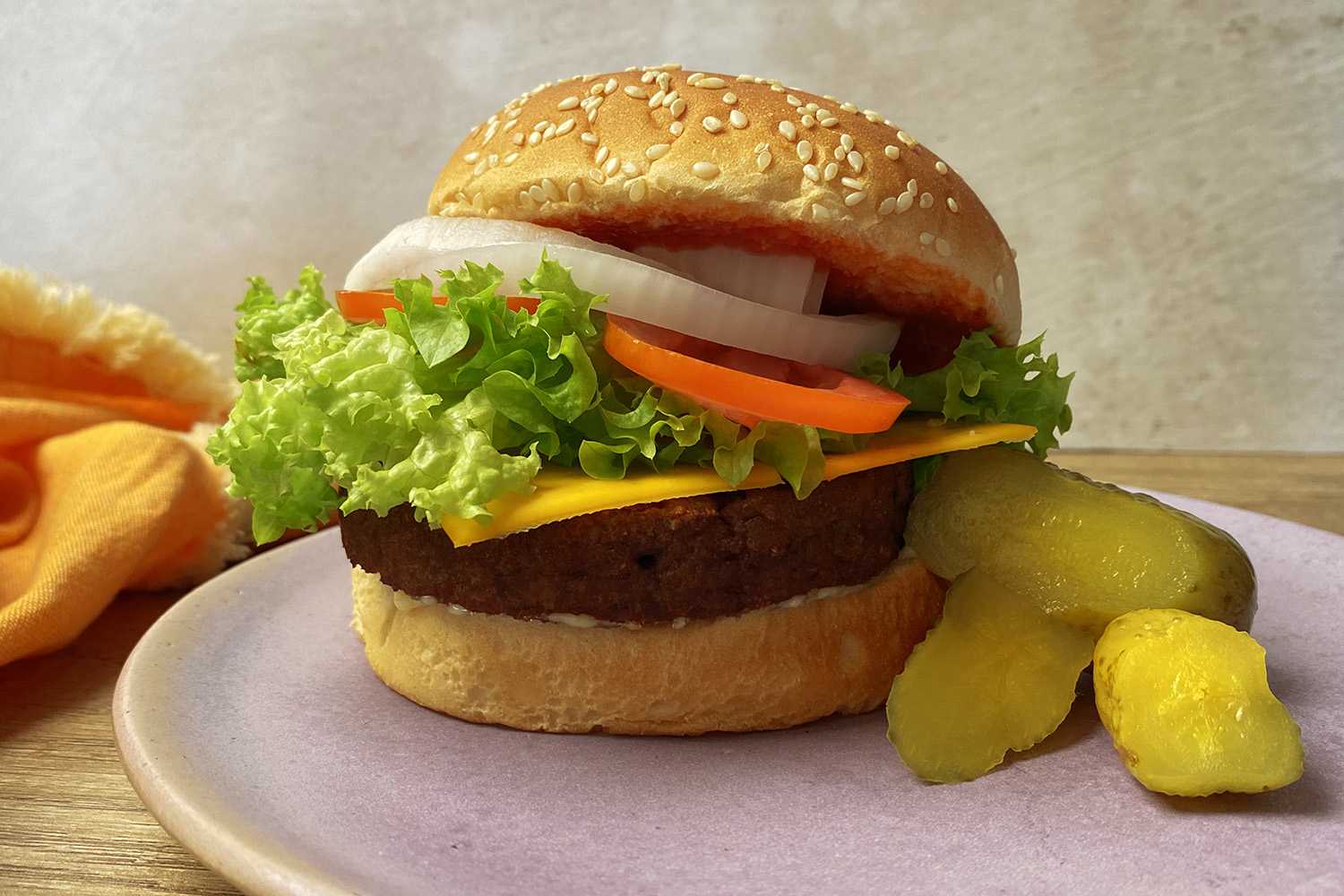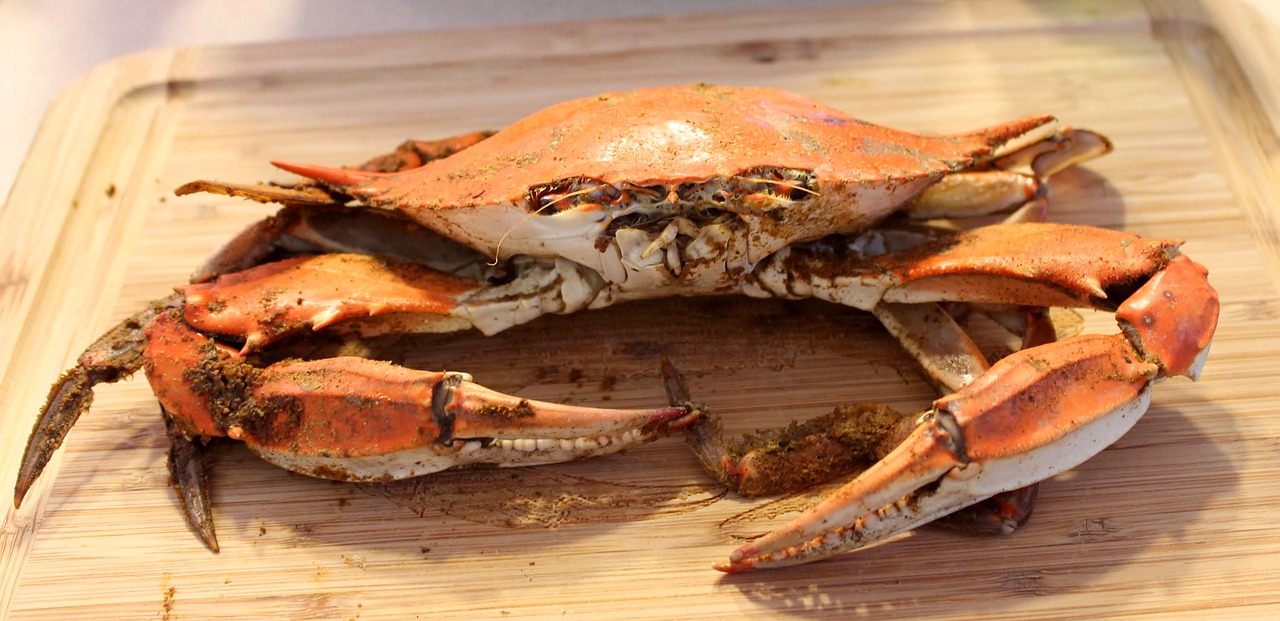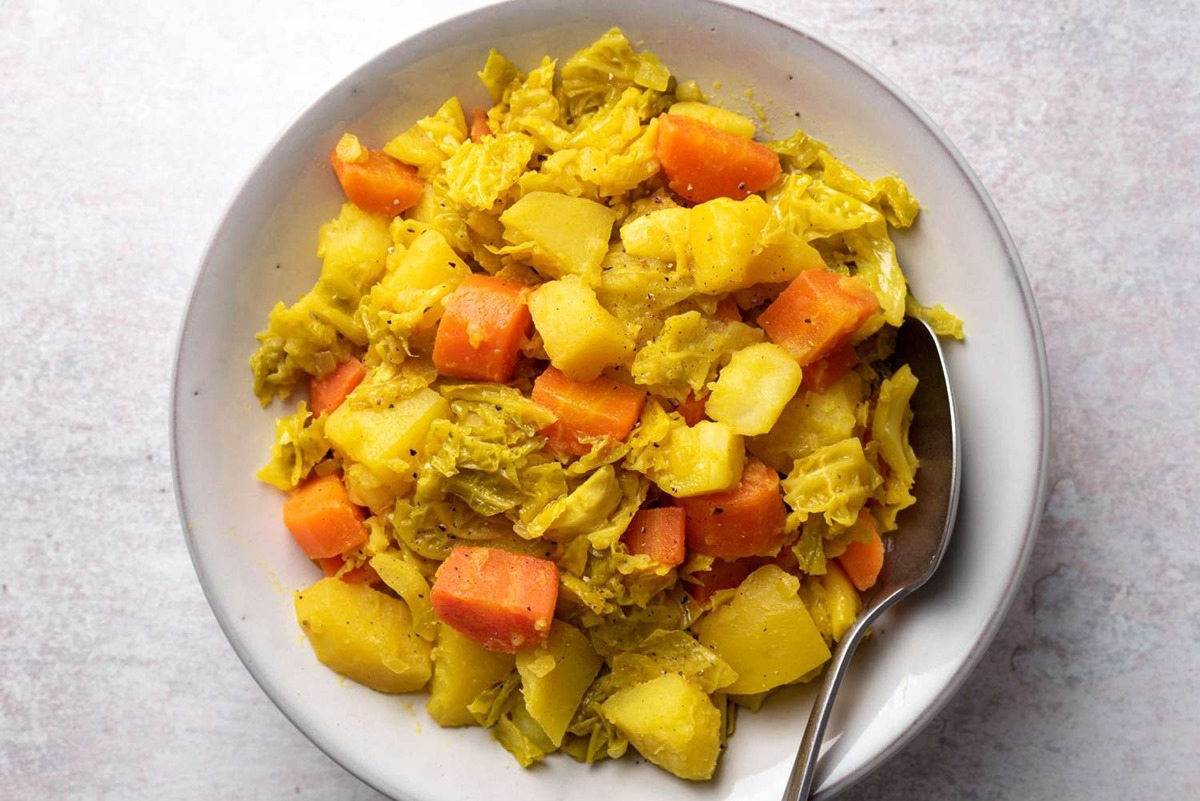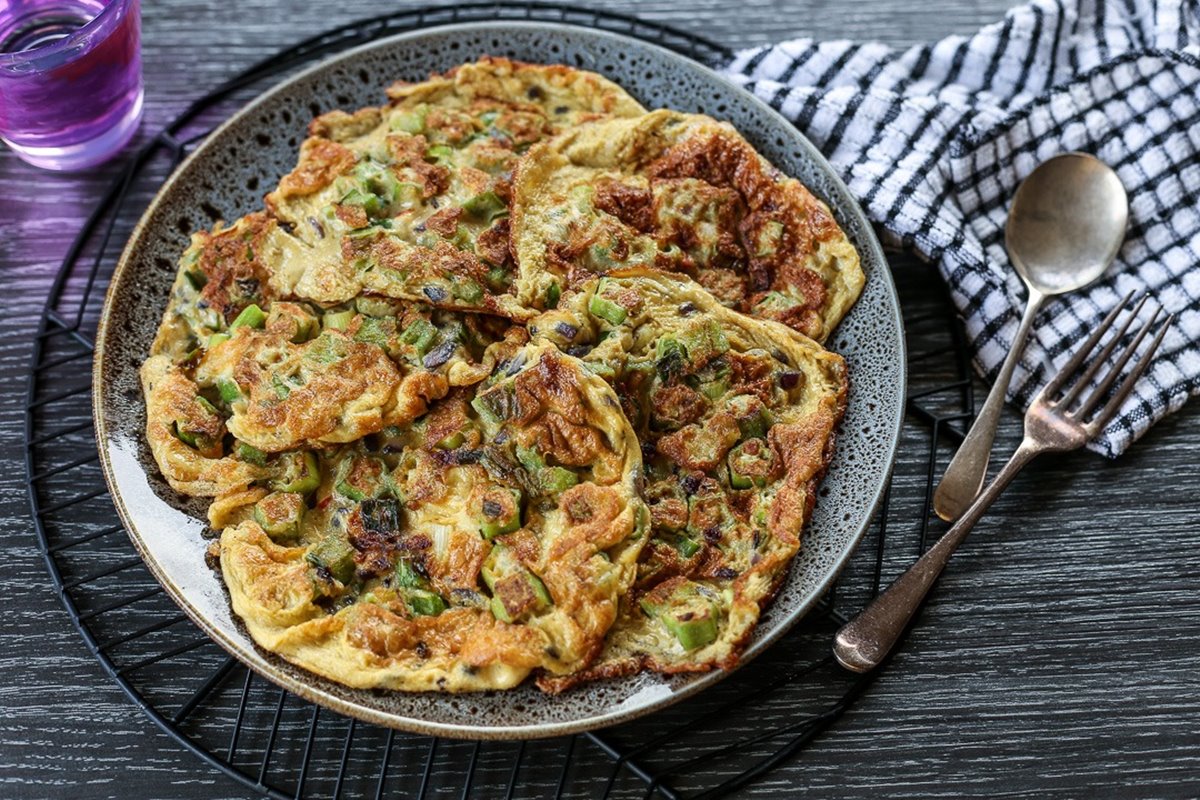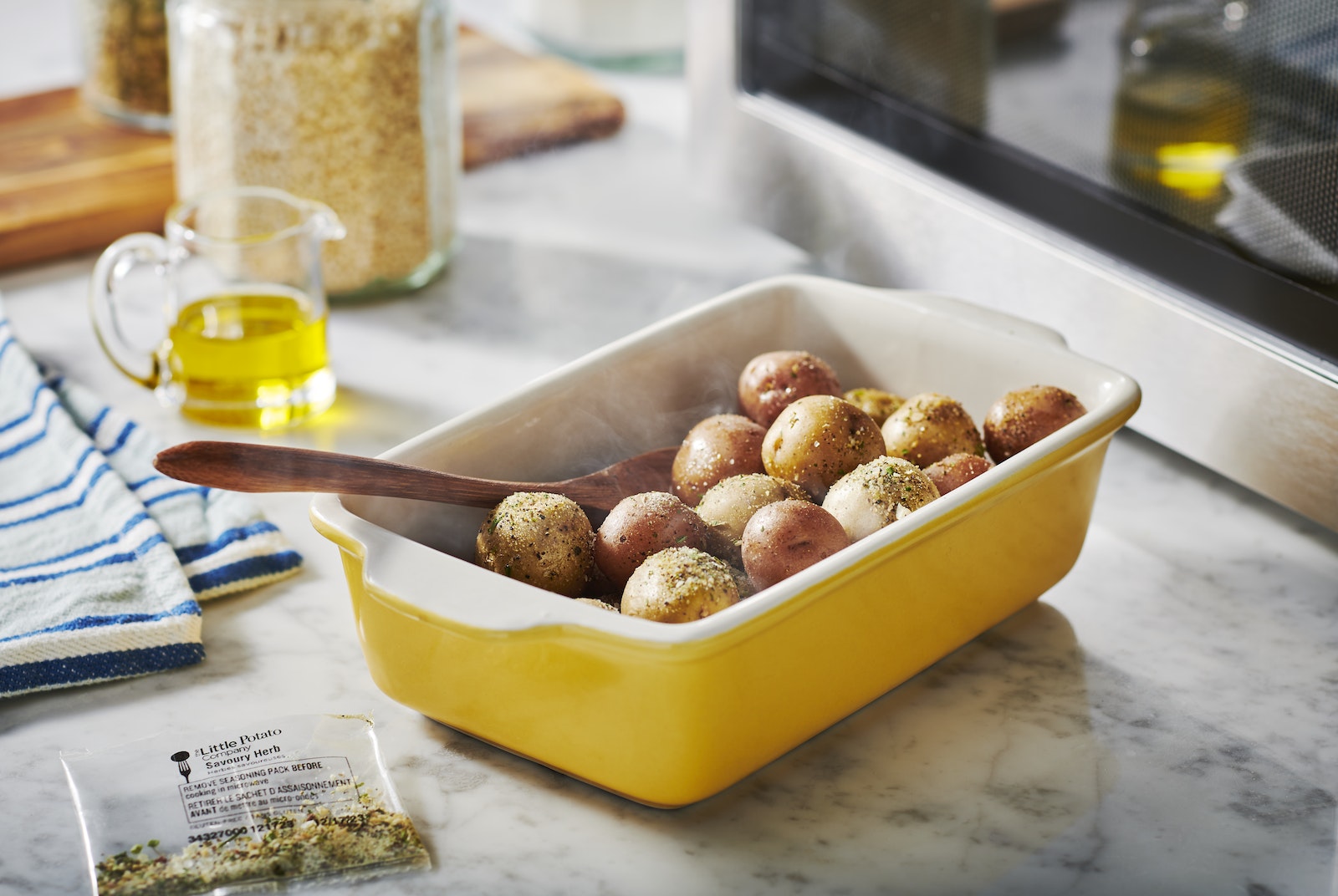Mastering the Art of Cooking Rice in the Power Pressure Cooker XL
If you’re looking to simplify your rice cooking process and achieve perfectly fluffy rice every time, look no further than the Power Pressure Cooker XL. This versatile kitchen appliance takes the guesswork out of cooking rice and delivers outstanding results in a fraction of the time compared to traditional stovetop methods.
Here’s your ultimate guide to mastering the art of cooking rice in the Power Pressure Cooker XL:
Choose the Right Type of Rice
Before diving into the cooking process, it’s essential to select the right type of rice for your dish. Whether you prefer long-grain, medium-grain, or short-grain rice, each variety may require slightly different cooking times and water ratios. Consult the packaging or recipe for specific instructions on the type of rice you’re using.
Rinse the Rice
Prior to cooking, rinse the rice under cold water to remove any excess starch. This step helps prevent the rice from becoming sticky or clumpy during the cooking process. Place the rice in a fine-mesh strainer and gently rinse until the water runs clear.
Measure the Ingredients
Accurate measurements are crucial to achieve perfectly cooked rice. Use the measuring cup that comes with your Power Pressure Cooker XL to add the desired amount of rice and water. As a general rule, the ratio of rice to water is 1:1. For example, if you’re cooking 1 cup of rice, add 1 cup of water.
Set Up the Power Pressure Cooker XL
Place the rinsed rice, water, and a pinch of salt into the inner pot of the Power Pressure Cooker XL. Ensure the sealing ring is properly in place, and securely lock the lid onto the cooker. Select the “Rice” function on the appliance’s control panel.
Start Cooking
Once you’ve set the desired cooking function, the Power Pressure Cooker XL will automatically adjust the cooking time and temperature. It will also build pressure inside the pot to cook the rice efficiently. Sit back and relax while the cooker does its magic!
Natural Release or Quick Release?
After the cooking cycle is complete, you have two options for releasing the pressure in the Power Pressure Cooker XL. Let’s explore both:
- Natural Release: This method allows the pressure to release naturally over time. It’s ideal for dishes that require a softer texture, like fluffy white rice or risotto. Simply wait for the pressure to fully release on its own before unlocking and opening the cooker.
- Quick Release: If you’re in a hurry or cooking a time-sensitive dish, the quick release method is your best bet. This method involves carefully turning the pressure release valve to manually release the built-up pressure. Be cautious of the steam, and never attempt to open the cooker until all pressure has been released.
Fluff and Serve
Once the pressure has been released and you’ve safely opened the Power Pressure Cooker XL, use a fork or spoon to fluff the rice. This step helps separate the grains and ensures a light and fluffy texture. Serve the freshly cooked rice alongside your favorite dishes or incorporate it into various recipes.
With these simple steps, you can become a rice cooking pro with the Power Pressure Cooker XL. Say goodbye to overcooked, undercooked, or sticky rice – and say hello to perfectly cooked rice each and every time! Enjoy the convenience and deliciousness that this incredible appliance brings to your kitchen.
Explore More Delicious Rice Recipes and Uses
Once you've mastered the art of cooking rice in your Power Pressure Cooker XL, a plethora of delicious recipes awaits your culinary exploration. For starters, the Zesty Cilantro Lime Rice is a refreshing twist on traditional rice dishes, perfect for those who enjoy a burst of zest. If you're in the mood for something heartier, the Hearty Chicken and Rice Casserole combines comfort food essentials in a simple, one-pot meal. For an adventurous palate, the Luxurious Spicy Saffron Risotto offers a luxurious texture and rich flavors. Each recipe utilizes the pressure cooker to reduce cooking time while enhancing flavors, making them must-try dishes for any home chef looking to expand their recipe repertoire.
Was this page helpful?
Read Next: How To Cook A Pork Tenderloin On A Traeger

